Service Area
Charlotte County | Manatee County
Sarasota County | Lee County
Desoto County
Energy-Efficient AC Units: A Buyer's Guide
Energy-Efficient AC Units: A Buyer's Guide

Are you tired of high energy bills and inefficient cooling? Look no further! Roman's Service Cooling & Heating presents a comprehensive buyer's guide for energy-efficient AC units. Say goodbye to overheating and hello to cost-saving solutions. Don't let the Florida heat drain your wallet. Take control of your AC efficiency with us.
What Are Energy-Efficient AC Units?
Energy-efficient AC units are cooling systems designed to provide optimal cooling while consuming minimal electricity, leading to reduced energy bills and a positive impact on the environment. These units utilize advanced technologies such as variable speed motors, high SEER ratings, and smart thermostats to efficiently regulate temperature.
To select an energy-efficient AC unit, it is important to consider factors such as SEER rating, size, and additional features like programmable thermostats and zoning systems.
When choosing an energy-efficient AC unit, it is recommended to prioritize models with a SEER rating of 16 or higher, select the appropriate size unit for your space, and explore options with smart thermostats for improved energy management.
Why Should You Consider Buying an Energy-Efficient AC Unit?
Are you in the market for a new AC unit? Before making a purchase, it's important to consider the benefits of investing in an energy-efficient model. Not only can it save you money on your monthly energy bills, but it also has positive environmental impacts. In this section, we will discuss why you should strongly consider buying an energy-efficient AC unit, from lower energy bills to long-term cost savings.
1. Lower Energy Bills
- Regularly clean or replace air filters to ensure optimal airflow and energy efficiency.
- Seal any air leaks in your home to prevent cooled air from escaping and causing energy waste.
- Use ceiling fans in conjunction with your AC unit to help distribute cool air more effectively, allowing you to raise the thermostat and save energy.
- Install a programmable thermostat to adjust temperatures automatically and reduce energy usage when you are away or asleep.
- Consider upgrading to an energy-efficient AC unit with a higher SEER rating to significantly lower your energy bills.
2. Environmental Benefits
- Reduced carbon footprint by consuming less energy
- Decreased demand on power plants, reducing emissions and pollution
- Conservation of natural resources by using energy efficiently
3. Long-Term Cost Savings
- Invest in Energy Star-rated units to ensure long-term cost savings through reduced energy consumption.
- Opt for models with a high Seasonal Energy Efficiency Ratio (SEER) for efficient cooling and lower utility bills.
- Properly size and capacity match your AC unit to your home's needs to avoid unnecessary energy expenditure.
- Select units using eco-friendly refrigerants to minimize long-term environmental impact and maintenance costs.
- Consider additional features like programmable thermostats for enhanced energy efficiency and cost savings over time.
Pro-tip: Choosing an energy-efficient AC unit not only guarantees long-term cost savings but also helps to create a more environmentally friendly world.
What Factors Should You Consider When Choosing an Energy-Efficient AC Unit?
When it comes to purchasing an energy-efficient AC unit, there are several important factors to consider. These factors not only impact the unit's energy efficiency but also its performance and overall cost. In this section, we will discuss the key elements to keep in mind when selecting an energy-efficient AC unit. From the Energy Star rating to the type of refrigerant used, we will explore how each factor can affect your decision and help you make an informed purchase.
1. Energy Star Rating
- Check for the Energy Star rating label on the AC unit.
- Verify if the unit meets the required energy efficiency criteria set by the Environmental Protection Agency.
- Ensure the model has a high Energy Star rating for optimal energy savings.
2. Seasonal Energy Efficiency Ratio
- Check SEER rating: Look for units with a high Seasonal Energy Efficiency Ratio (SEER) of 16 or above to ensure optimal efficiency.
- Consider climate: Select a SEER rating suitable for your region's climate and cooling needs.
- Calculate savings: Higher SEER ratings translate to increased energy savings, promoting environmental and financial benefits.
Did you know? A SEER 21 unit uses 30% less energy than a SEER 13 unit.
3. Size and Capacity
- Calculate the square footage and determine the appropriate capacity for the AC to effectively cool the area.
- Consider the climate and temperature needs of the space to ensure the AC is suitable for the environment.
- Evaluate the insulation and ductwork in the area to ensure optimal cooling and energy efficiency.
4. Type of Refrigerant
R-32
R-410A
R-290
Environmentally friendly, low GWP
Commonly used, high GWP
Natural refrigerant, very low GWP
When choosing an energy-efficient air conditioning unit, it is important to consider the type of refrigerant. For a low global warming potential and environmentally friendly option, opt for R-32 or R-290.
5. Additional Features and Technology
- Smart thermostats: Some energy-efficient AC units come with compatibility for smart thermostats, allowing you to remotely control temperature settings.
- Variable-speed technology: Units with variable-speed compressors can adjust their cooling output to maintain consistent temperatures and enhance energy efficiency.
- Zoning capabilities: Certain models offer zoning options, allowing for customized cooling in different areas of the home and reducing energy waste.
Pro-tip: When looking for an AC unit, consider ones with built-in air purifiers and humidity control to not only improve indoor air quality and comfort but also maximize energy efficiency.
How to Determine the Right Size and Capacity for Your Home?
When it comes to purchasing an energy-efficient AC unit for your home, size and capacity are crucial factors to consider. In this section, we will discuss three key elements that will help you determine the right size and capacity for your specific needs. From understanding your home's square footage to factoring in your climate and temperature needs, we'll guide you through the process of finding the perfect fit. Additionally, we'll touch on the importance of insulation and ductwork in ensuring optimal performance and energy efficiency.
1. Square Footage
- Determine the length and width of each room in your home.
- Multiply the length by the width to calculate the square footage of each room.
- Add up the square footage of all rooms to find the total square footage of your home.
When determining the appropriate square footage for your AC unit, it is important to accurately measure and calculate the total area to ensure the unit's efficiency matches the needs of your home.
2. Climate and Temperature Needs
- Assess Climate: Take into account the typical climate in your region, whether it is hot and humid or dry and arid.
- Evaluate Temperature Needs: Consider the specific cooling requirements for your home based on local temperature variations and your personal comfort preferences.
3. Insulation and Ductwork
- Assess insulation: Check for proper insulation in walls, attics, and basements to minimize energy loss.
- Inspect ductwork: Ensure that ducts are properly sealed and insulated to prevent air leaks and maintain efficient airflow.
- Repair any gaps in insulation: Address any gaps in insulation to improve energy efficiency and reduce cooling costs.
What Are the Most Energy-Efficient AC Units on the Market?
Choosing an energy-efficient AC unit is essential for both the environment and your wallet. With so many options on the market, it can be overwhelming to determine which one is the best fit for your home. In this section, we will discuss the top four most energy-efficient AC units currently available: the Trane XV20i, Carrier Infinity 21, Lennox XC25, and Rheem Prestige Series. By understanding the features and benefits of each unit, you can make an informed decision on which one meets your needs and budget.
1. Trane XV20i Variable Speed Air Conditioner
- Variable Speed Technology: The Trane XV20i Variable Speed Air Conditioner adjusts cooling output in small increments, minimizing energy use and maximizing comfort.
- Quiet Operation: This unit operates at low decibel levels, ensuring a peaceful indoor environment.
- Energy Efficiency: With a SEER rating of up to 22, the XV20i ranks among the most energy-efficient air conditioners, reducing energy expenses.
- Climate Control: This unit is designed to maintain consistent indoor temperatures, delivering enhanced comfort.
- Environmentally Friendly: The XV20i utilizes R-410A refrigerant, which is eco-friendly and contributes to a smaller carbon footprint.
2. Carrier Infinity 21 Central Air Conditioner
- Energy Efficiency: The Carrier Infinity 21 Central Air Conditioner boasts a high SEER rating, consuming less energy.
- Advanced Features: Equipped with Greenspeed intelligence, it adjusts operations based on outdoor conditions.
- Comfort and Quiet Operation: Provides consistent, quiet performance with variable-speed operation.
- Smart Thermostat Integration: Easily integrates with smart thermostats for optimal energy usage.
Pro-tip: Regularly clean or replace air filters to maintain the efficiency of your Carrier Infinity 21 Central Air Conditioner.
3. Lennox XC25 Air Conditioner
The Lennox XC25 air conditioner is highly regarded for its outstanding energy efficiency, with a remarkable SEER rating of up to 26. Its precise and quiet operation provides unmatched comfort while significantly lowering energy expenses. The variable-capacity technology of the XC25 allows it to adapt its cooling output to meet the unique needs of each home, guaranteeing top-notch performance and efficiency.
4. Rheem Prestige Series High Efficiency Central Air Conditioner
The Rheem Prestige Series High Efficiency Central Air Conditioner is a top-tier choice for energy-efficient cooling. With a SEER rating of up to 20, this model delivers exceptional energy savings. Its variable-speed operation ensures precise temperature control, reducing energy consumption. It also utilizes the eco-friendly R-410A refrigerant, promoting environmental sustainability. Furthermore, the Comfort Control System provides advanced diagnostics for efficient performance. In fact, the Rheem Prestige Series High-Efficiency Central Air Conditioner can reduce energy bills by up to 50% compared to older units.
How to Maintain and Maximize the Energy Efficiency of Your AC Unit?
As the summer heat approaches, ensuring your AC unit is running efficiently is crucial for both your comfort and your energy bill. In this section, we will discuss the various ways to maintain and maximize the energy efficiency of your AC unit. From regular maintenance and tune-ups to proper use and settings, we will cover all the tips and tricks for keeping your AC unit in top shape. Additionally, we will explore the benefits of upgrading to a smart thermostat and how it can further improve your AC's energy efficiency.
1. Regular Maintenance and Tune-Ups
- Make sure to schedule professional maintenance at least once a year to inspect, clean, and tune up your AC unit regularly.
- It is important to change air filters every 1-3 months to ensure optimal airflow and efficiency.
- To facilitate proper airflow, keep the area around the outdoor unit clean and free of debris.
2. Proper Use and Settings
- Set the thermostat to the highest temperature that is comfortable for you, typically around 78°F, and use fans to help circulate the cool air.
- Keep windows and doors closed when the AC is running to prevent cool air from escaping.
- Use programmable thermostats to properly adjust temperatures based on your schedule, saving energy when you are away or asleep.
3. Upgrading to a Smart Thermostat
- Evaluate compatibility: Before upgrading to a smart thermostat, make sure to check if your AC system is compatible. Some systems may require additional equipment or professional installation.
- Choose the right model: When selecting a smart thermostat, look for one with energy-saving features, scheduling options, and remote access through smartphone apps.
- Installation and setup: It is important to carefully follow the manufacturer's instructions for installation and programming, or consider hiring a professional for assistance.
- Integration with smart home systems: To fully optimize your energy usage and automation, consider the compatibility of your new smart thermostat with other smart home devices.
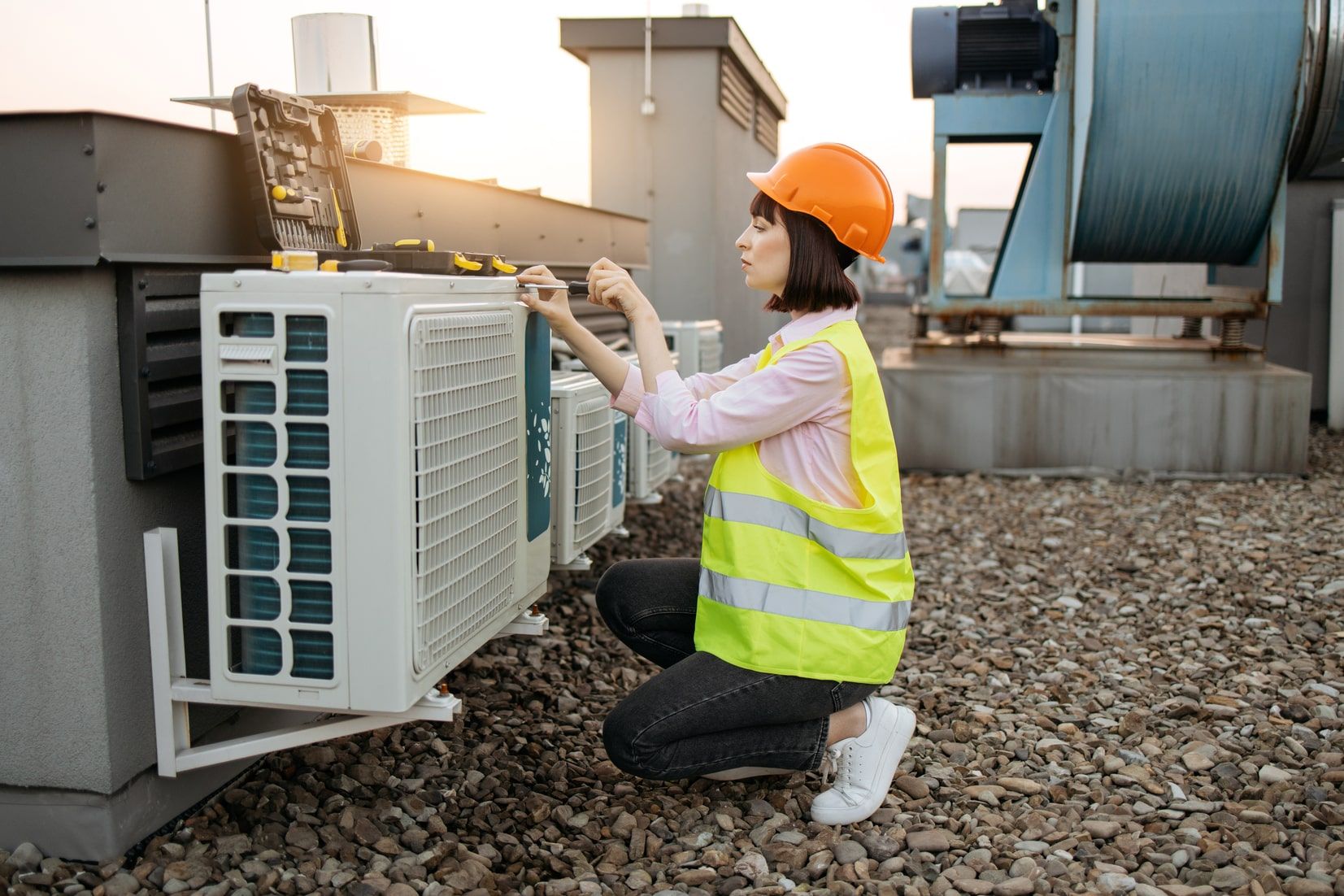


SERVING
and Surrounding Area
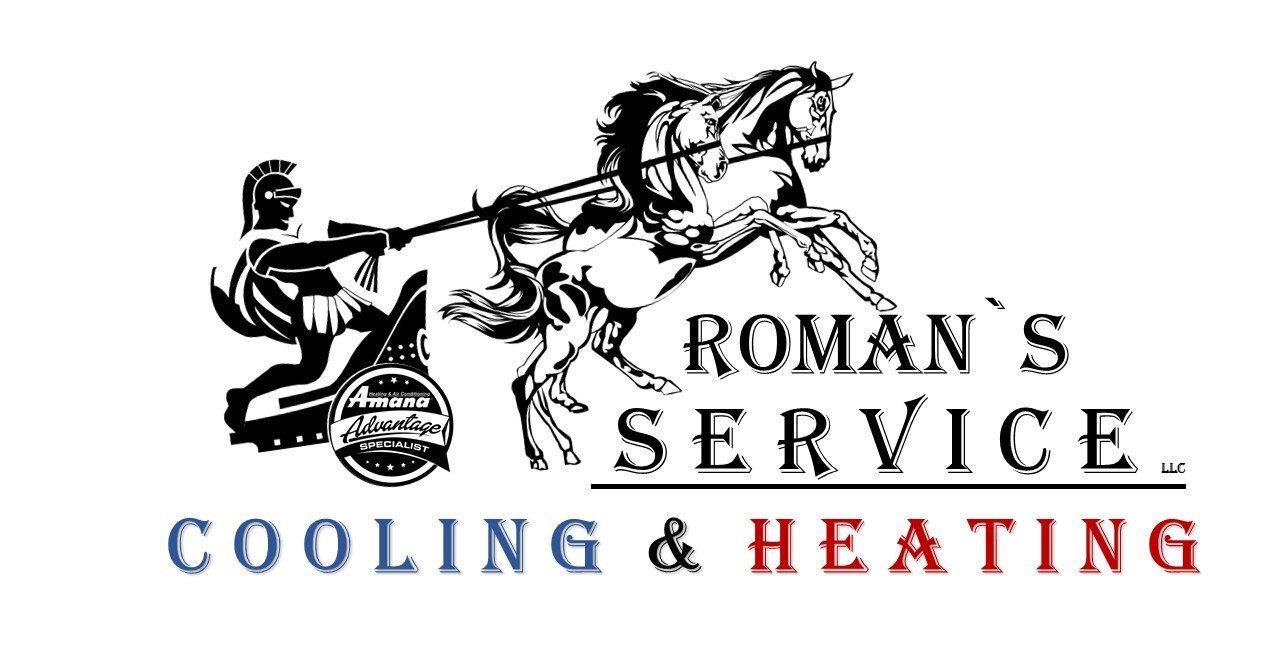
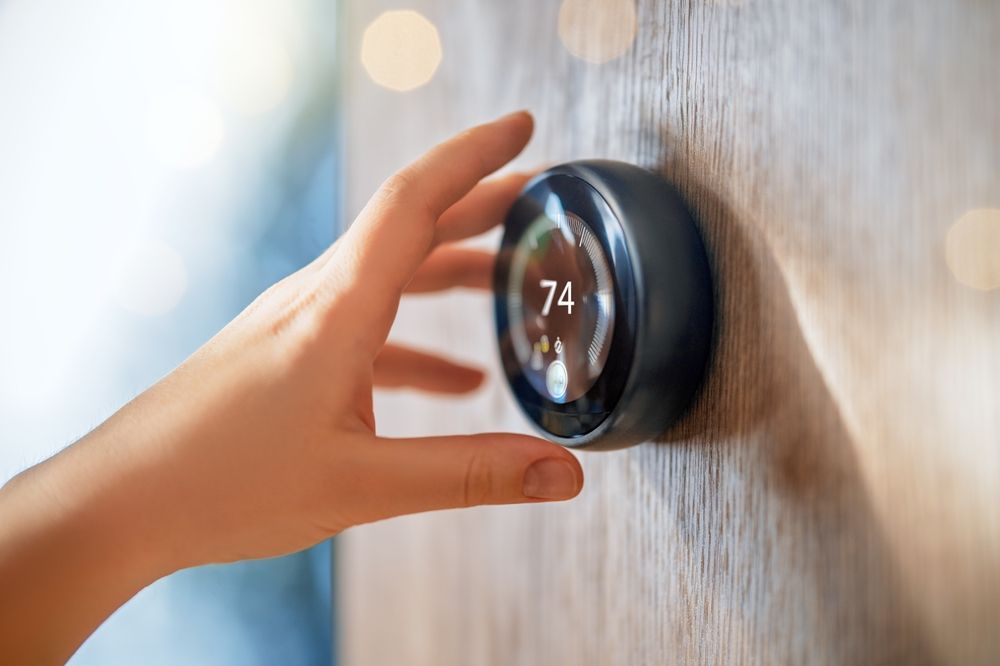

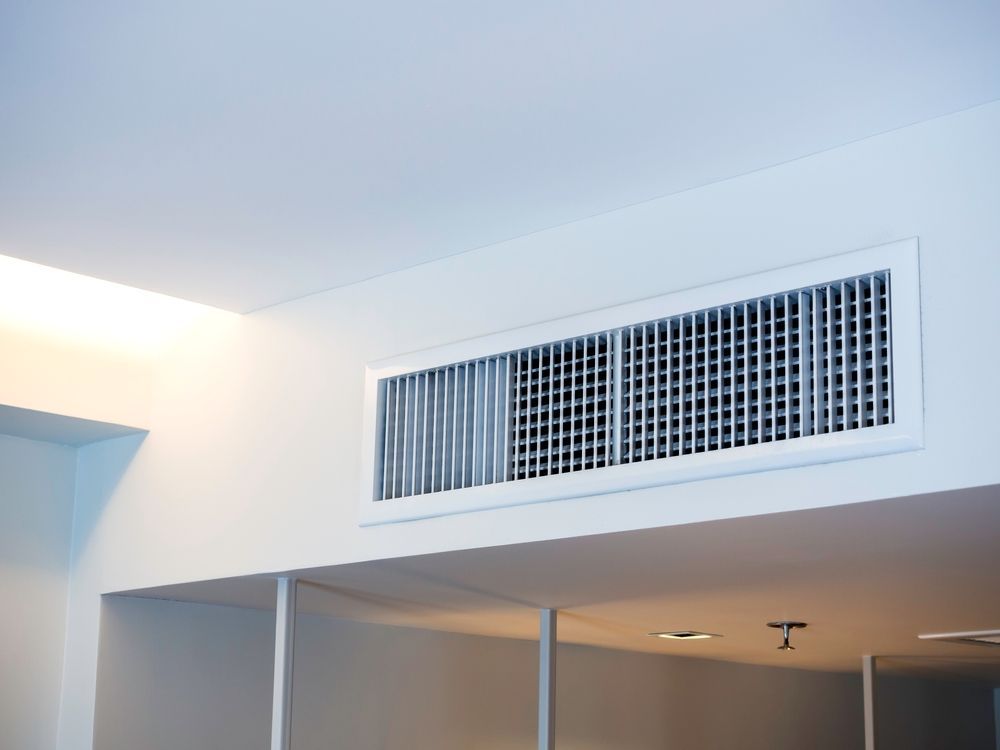
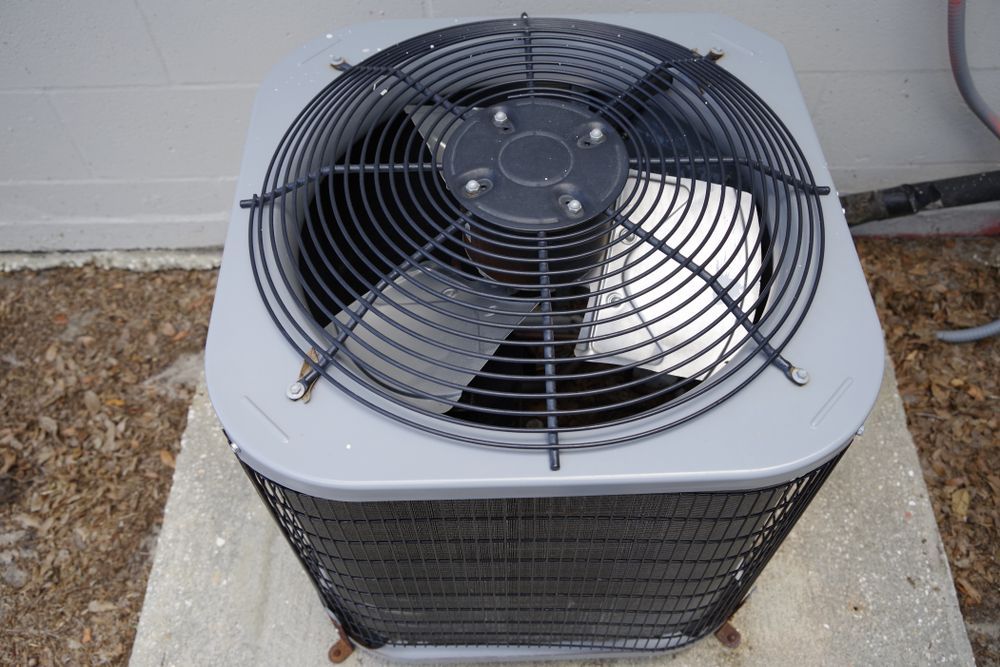
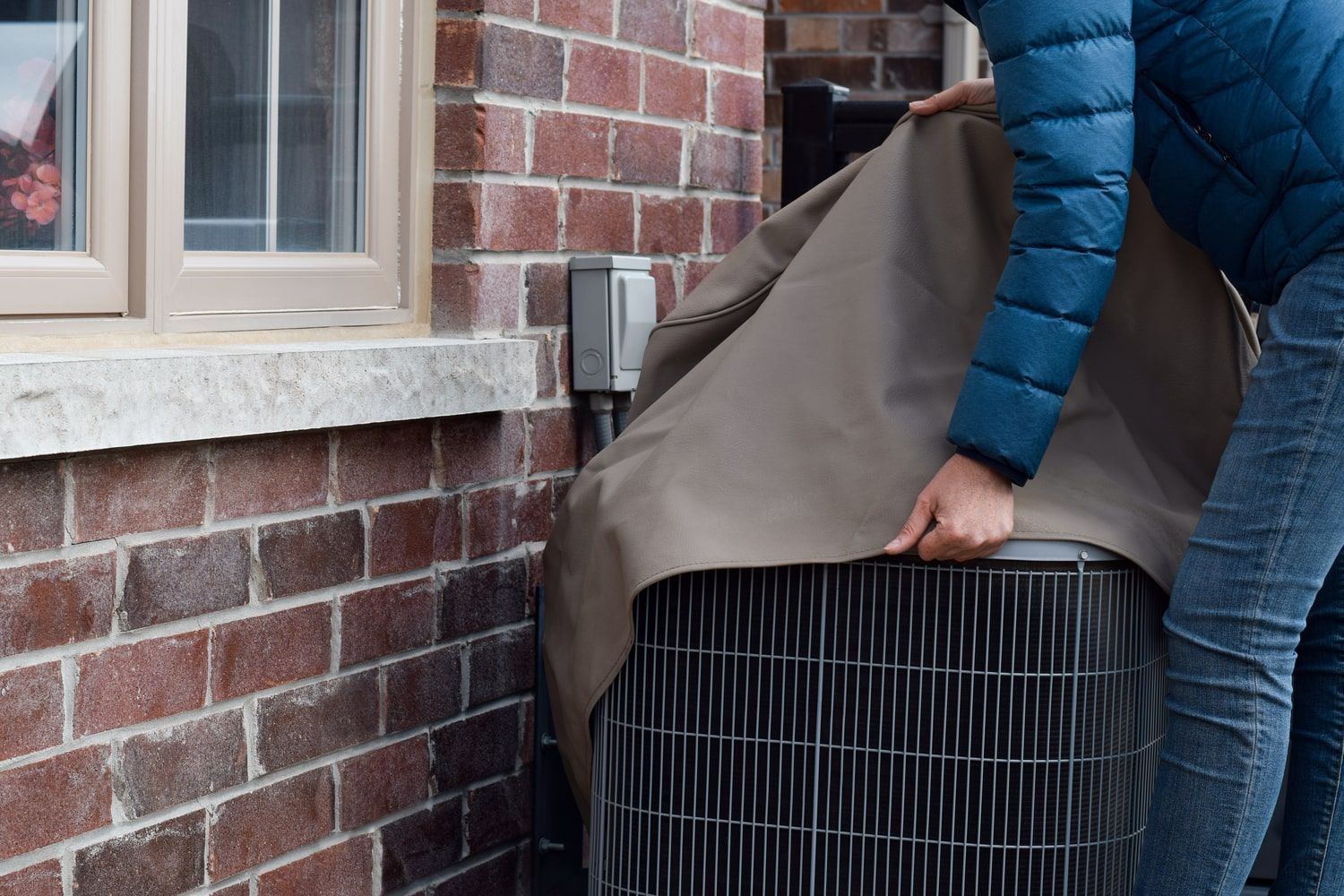
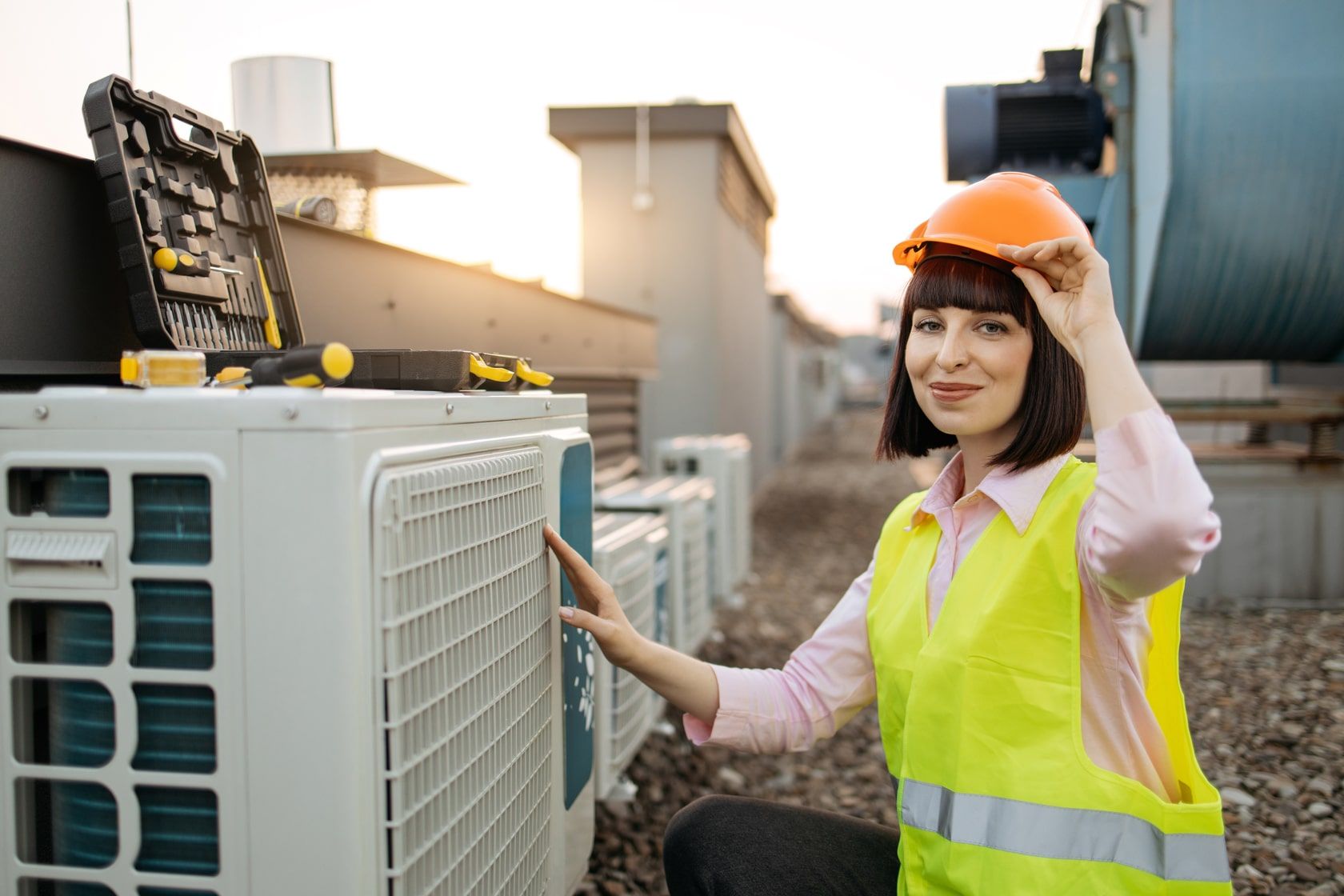
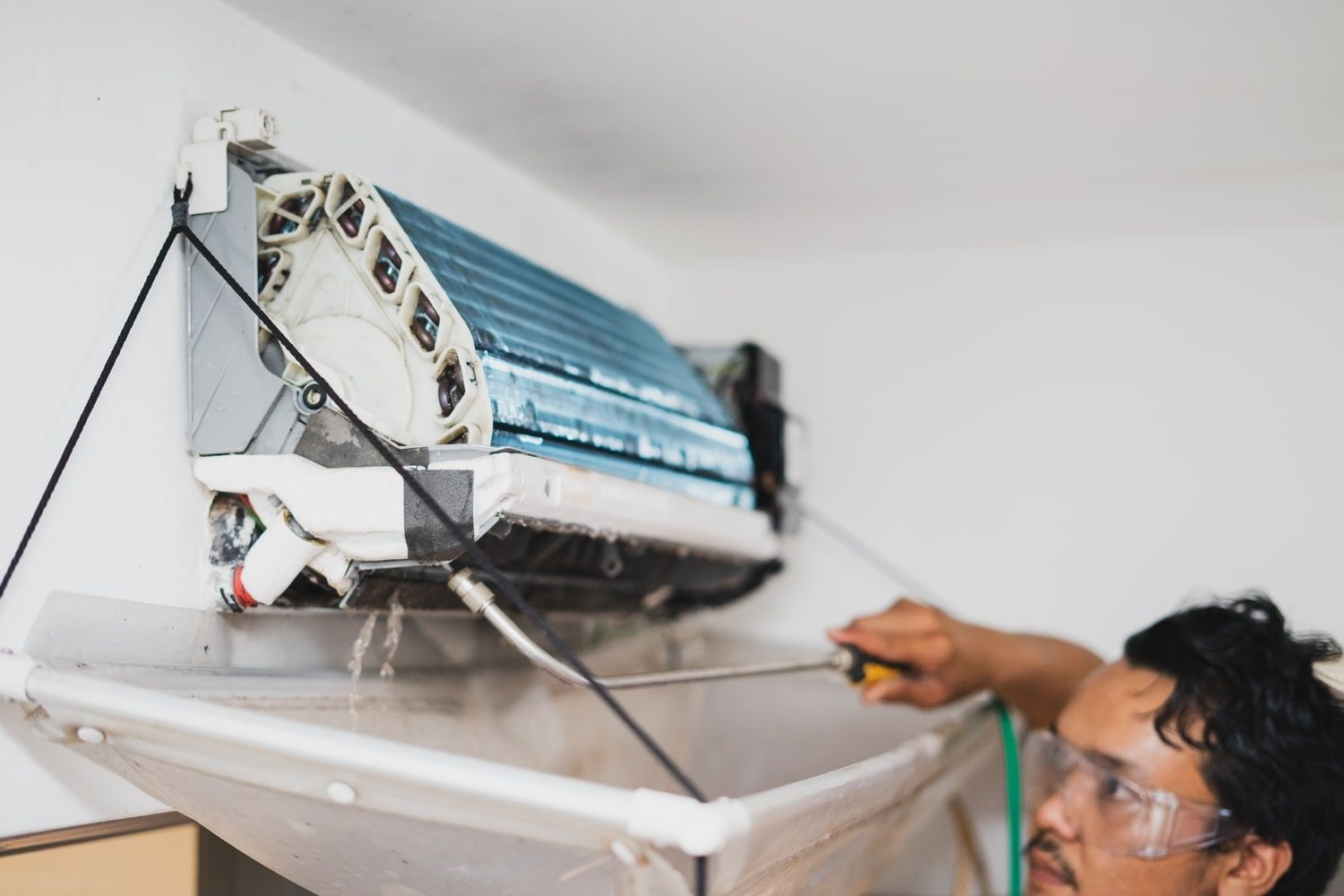
Share On: